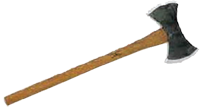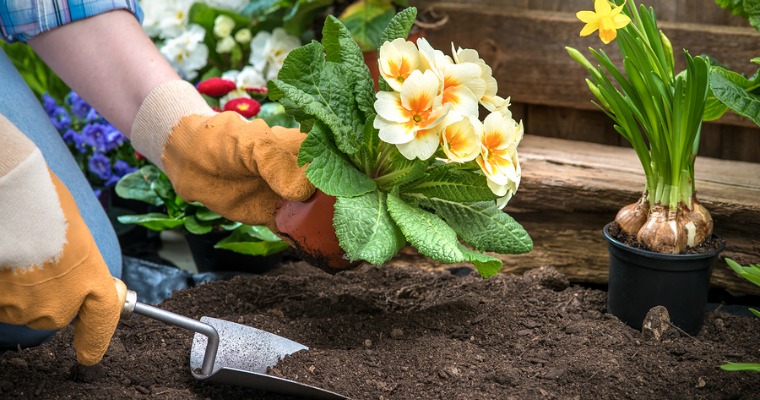When done correctly, transplanting a plant will allow it to grow in a new location with little effort. The roots will take hold in the new soil, growing just as it did in its previous location.
However, failure to follow some simple protocols may result in “transplant shock,” which can prove deadly to an otherwise healthy plant. So, what’s the best way to transplant a plant without causing shock?
Remove as Much as Possible
Ideally, you should remove as much of the plant and its respective root structure as possible. While there’s no way to tell how deep/far the roots go, you should err on the side of caution by digging a large circle around the plant and doing at least one foot deep (more if it’s larger plant). Carefully dig up the plant and its roots, using caution not to touch the roots.
Don’t Touch the Roots
Why shouldn’t you touch the roots? You have to remember that the roots are more sensitive than other parts of the plant; therefore, they are more susceptible to shock via disturbance. Do your best to avoid touching the roots, keeping them tightly packed in the soil until it’s time to move the plant.
Moving the Plant to a Container
You have one of two different options available when transplanting a plant: you can move it directly to the new location, or you can place it in a container and then move it to the new location.
If you are moving it across the yard, then you can probably get by without a container. But if you plan on moving it to a new house, you’ll need a container. Most home improvement stores and plant nurseries sell containers, so check here if you need one.
Preparing the New Area
The key to a successful transplant lies in preparing the new area. Far too many green thumbs overlook this step, assuming their plant will grow in its new environment. Just days after transplanting, however, they notice this isn’t the case.
To prepare the new area, scoop up soil from your plant’s old location and move it to the new location. Doing so will ensure your plant receives the same amount of nutrients in the same pH level, which should ease the transition.
You may also want to sprinkle some water on the soil so it’s moist and well-hydrated, at which point you can transplant your plant.
The Woodsman Company offers tree planting, tree pruning and shrub trimming, tree removal and stump grinding as well as a tree wellness program.
If we can help with any of your tree care needs give us a call at 512-846-2535 or 512-940-0799 or


Great tips here. Transplanting a new plant is some delicate stuff! There’s a lot that can go wrong, but if you know what you’re doing and pay attention, it can be done easily.